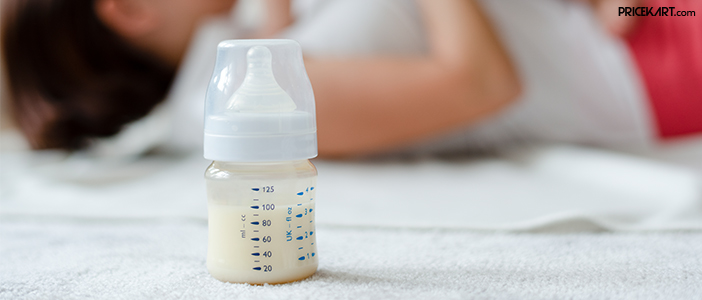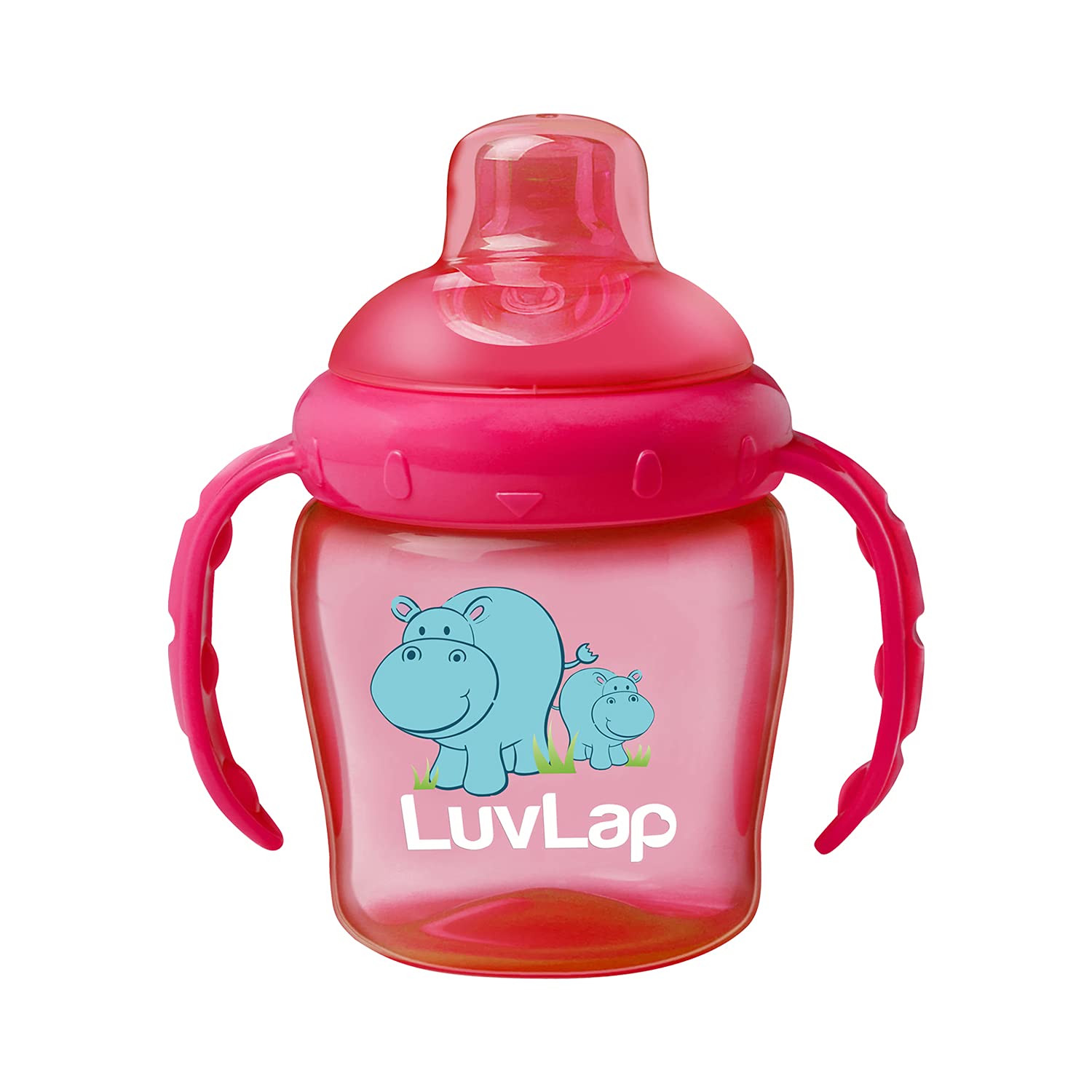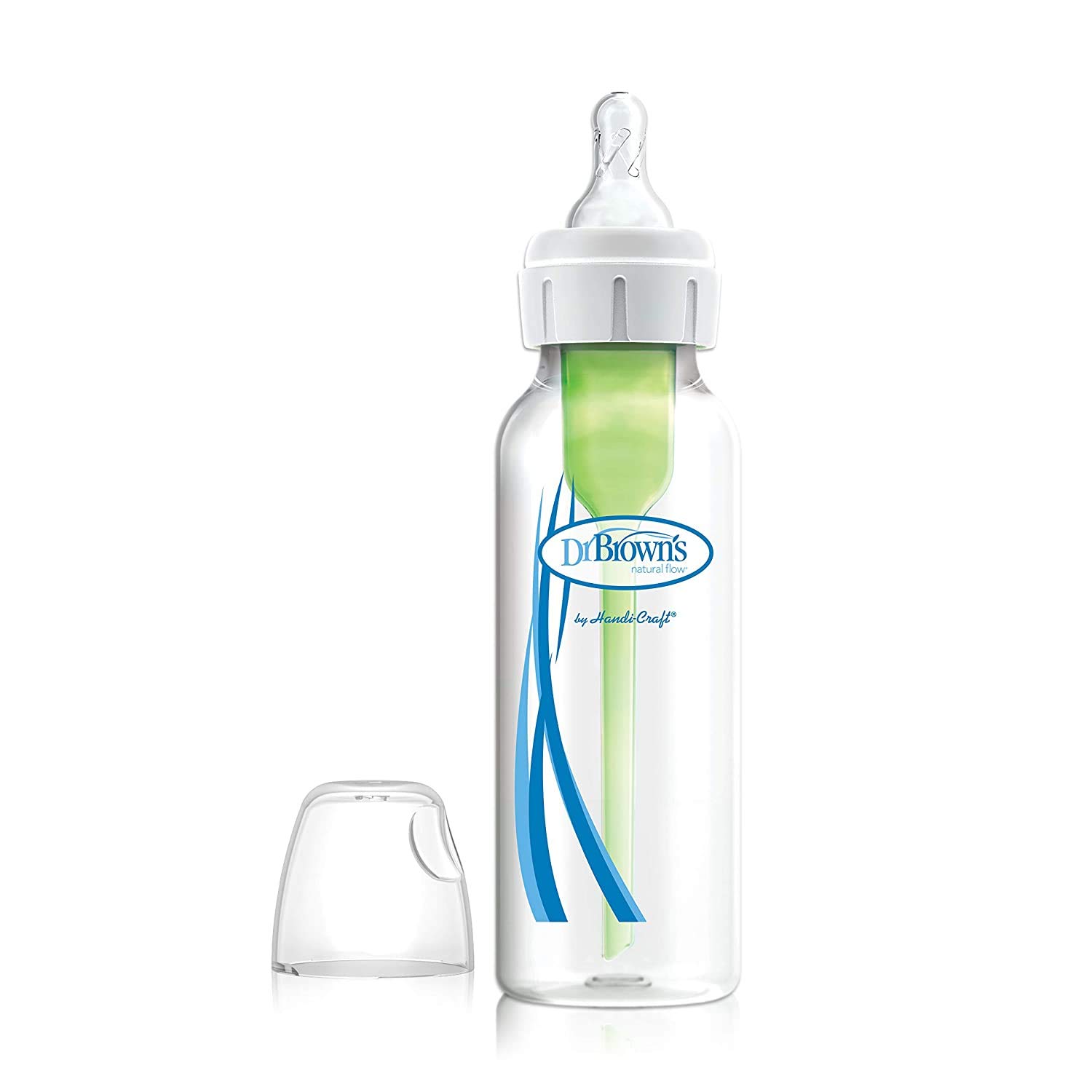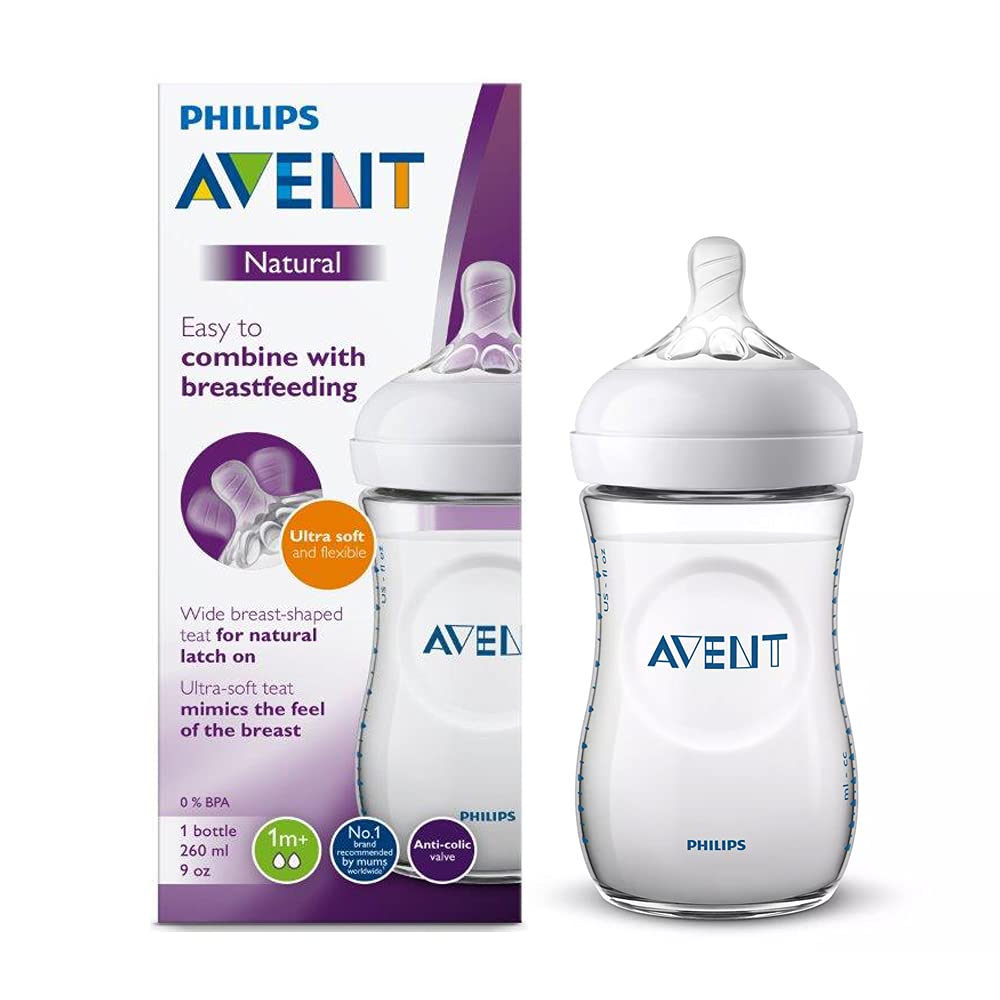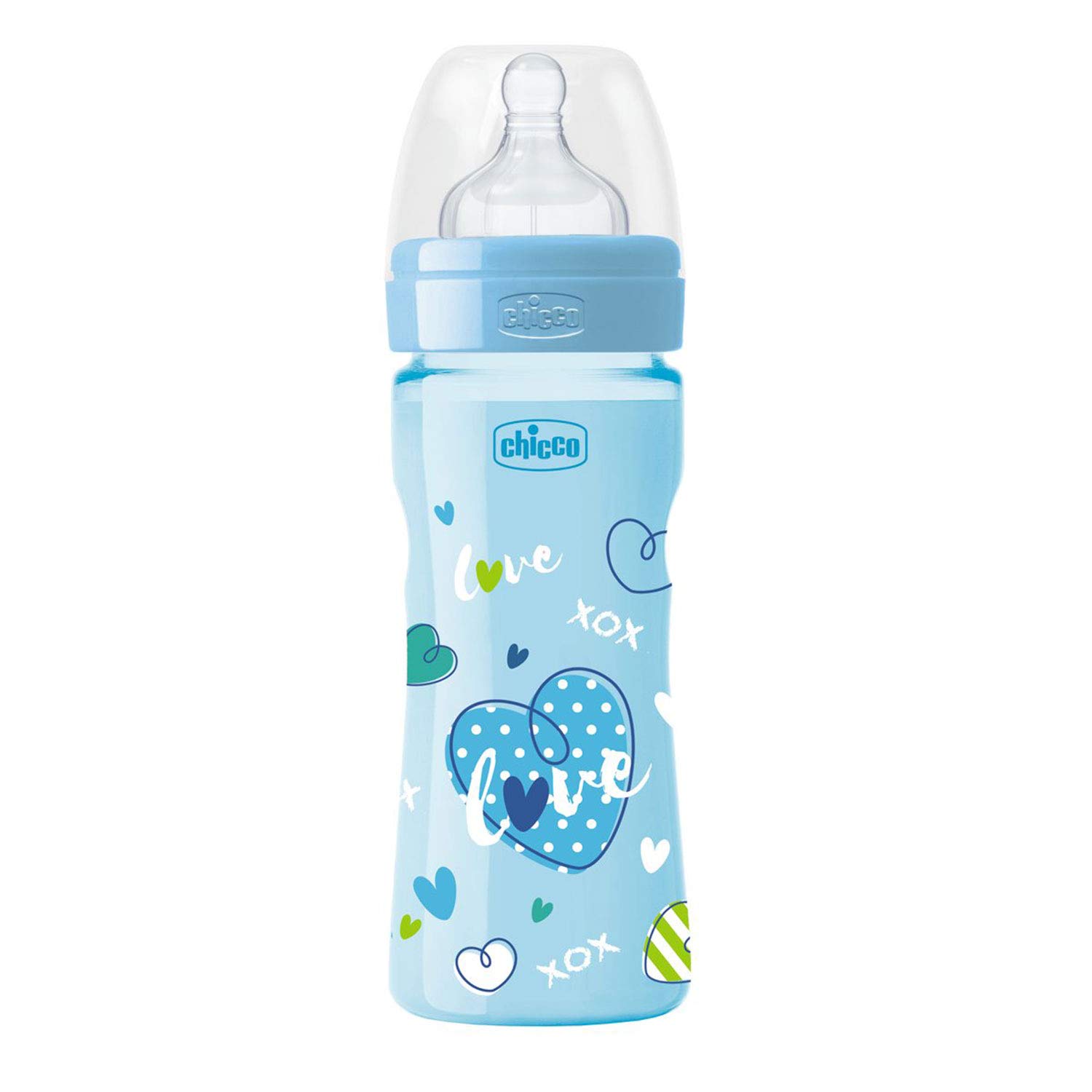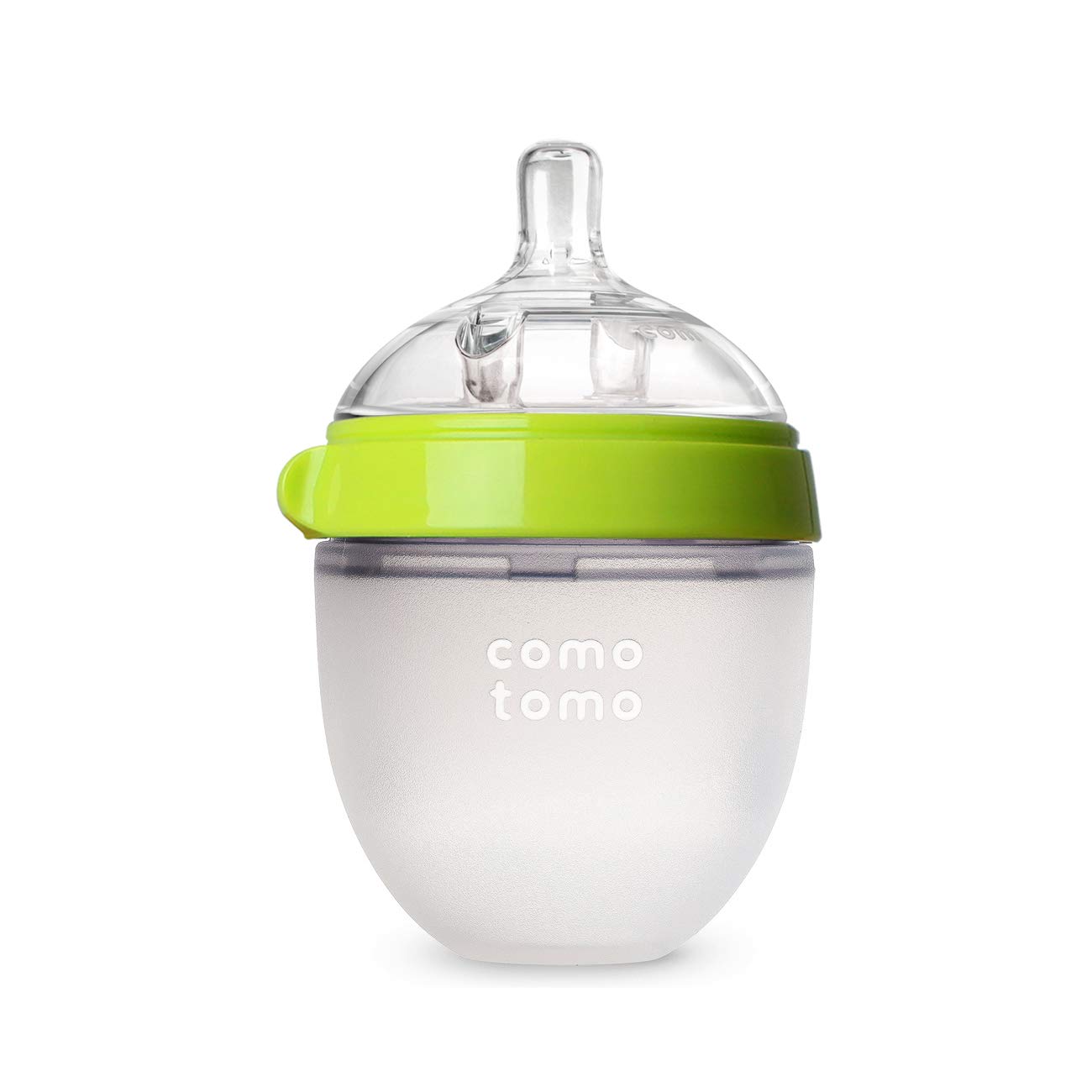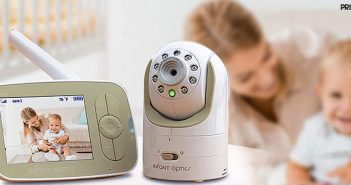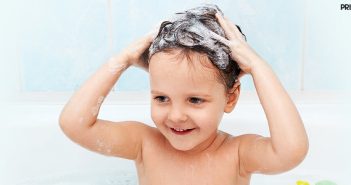There is no arguing that breast milk is the best option for feeding an infant. In any event, a child feeding bottle can be a useful addition to achieving long-term breastfeeding success. A feeding bottle is an essential item to have for your kid, whether you are bolstering the equation to your infant or syphoning milk from your bosom to nourish him/her. Even if you’re a baby gear neat freak (and let’s face it, the quantity of baby gear you can gather is astonishing), a baby bottle is essential for many parents.
It’s on par with diapers (unless you’re courageous enough to try elimination communication). Whether you’re breastfeeding or formula feeding, returning to work or staying at home, there’s a good chance your baby will need to drink from a bottle at some time. Depending on your baby’s age, you’ll use a bottle 6 to 12 times a day if you’re formula feeding. If you’re nursing, a caregiver may provide pumped milk to your baby in a bottle if you return to work. You may also decide that your spouse can help with certain feedings by delivering pumped milk in a bottle, which allows them to spend more time bonding with the baby and allows you to sleep for a longer period of time or go an errand that takes more than 2 hours.
Top Baby Feeding Bottles
Types Of Feeding Bottles
1) Anti-colic Bottles
These bottles are specifically designed to assist reduce the occurrence of a painful abdominal disease.
2) Self-Sterilizing Bottles
These bottles, as the name implies, can sterilise themselves. All you have to do with these bottles is pour water into the lower portion and lay the remaining parts on top, and you’re ready to go.
3) Disposable Bottles
Disposable bottles are pre-filled and ready to use. The bottles are pre-sterilized and can be discarded after the baby has been fed.
4) Angle Neck Bottles
These are feeding bottles with a flexible neck that can bend at an angle. The purpose of this design is to ensure that the nipple is always full of milk.
5) Wide Neck Bottles
The bottles have a stouter appearance as compared to conventional bottles. These bottles are the finest for babies who drink from their mother’s breast and the bottle as well.
6) Vented Bottles
Vents in vented bottles aid in the removal of air from the bottle. The milk does not spill out because of the vents. Your kid will never choke when swallowing the liquid from these bottles since the vents prevent it from sipping out.
7) Bottles with Disposable Liners
To keep these bottles from getting soiled, you’ll need to put liners inside them. It doesn’t have to be a fancy bottle. When travelling, bottles are the ideal option because they take up the least amount of space.
Buyer’s Guide For The Best Baby Feeding Bottles
1) Age
You must consider your baby’s age before purchasing a feeding bottle. As your baby grows, the best approach to find the ideal one is to experiment with several forms, sizes, and brands. Until they reach the age of three months, newborns drink from tiny bottles containing up to 150ml. A continuous flow may choke the baby at that age, thus these bottles should have a sluggish flow. Older babies, on the other hand, require a larger bottle, up to 330ml.
2) Nipple material
Before you pay for the feeding bottle, double-check the substance of the nipple. Latex or silicone nipples are found on most bottles. When compared to latex, silicone is more durable and lasts longer. Because some children are allergic to latex, a silicone nipple is an ideal alternative.
3) Size of the nipple
Slow-flowing liquids are excellent for young children, which means you’ll need nipples with small holes (one hole is the best). Older babies, on the other hand, require bottles with a consistent flow, thus a larger nipple with several holes is recommended.
4) The material of the bottle
Plastic bottles are lightweight, but many of them contain chemicals (BPA) that might harm your baby’s health. Glass bottles are chemical-free, making them superior to plastic bottles. Silicone bottles are relatively light, which makes them easy for a baby to use because they can comfortably handle them in their small hands. Stainless steel bottles are not only unbreakable but also devoid of BPA.
5) Bottle size and capacity
You’ll need a little feeding bottle for a newborn that can’t hold a lot of milk or formula. Two-month-old babies, for example, eat 1.5 to 3 ounces every three to four hours on average. Adjust to a bottle that can carry a capacity of 180 to 250 ml when the infant turns six months old.
6) Cost
When purchasing a baby feeding bottle, you must also consider the cost. Find out how the bottle works and how much you want to spend on it. It’s critical to choose a bottle that allows you to feed your baby without jeopardising their health.
7) Leak-free
Before you pay for a baby feeding bottle, inspect it properly to guarantee that it is leak-free. At any moment, you don’t want to see milk or baby formula leaking from a bottle.
8) Ease of cleaning
One of the greatest infant feeding bottles is one that is simple to clean. Some bottles, particularly vented bottles, are difficult to clean and so are not ideal for travel. The bottles with the widest necks and the fewest pieces are the easiest to clean and assemble.
9) Nipple Shape
Make sure you purchase a bottle with a large, broad bottom base and a nipple. Nipples with narrow bases might provide a choking hazard since the base can get stuck in the baby’s mouth, especially if the suction is high.
10) Weight
Always choose bottles that are light in weight. While you’re feeding the baby, you should be teaching them how to feed themselves as well. A lightweight bottle makes everything easier when travelling because it isn’t cumbersome.
11) Baby’s Development
There are various products available for premature babies with a weak sucking response. These items include a particular nipple opening that is specifically designed to allow milk to flow slowly through it.
12) Nipple Flow
You must purchase items based on your baby’s milk sucking capabilities. A steady flow of liquid is preferred by younger newborns. As a result, goods with a small nipple hole should be considered.
13) Maintenance
It is critical to constantly sterilise the bottles to keep your babies safe. Harsh detergents, such as those used on other utensils, should be avoided because they can be damaging.
Top 10 Most Popular Running Shoes for Women
1. Speedex Stainless Steel Baby Feeding Bottle
- For simple cleaning, the bottle has been electropolished from the inside.
- It contains interior volume markings, so parents can easily measure the liquid.
- The bottle has a screw-on nipple cap and a push-on outer lid, ensuring that it is totally leak-proof.
- Despite being composed of stainless steel, the bottle is extremely light.
- No negative points observed so far.
2. Luvlap Hippo Sipper / Sippy Cup 225ml
The LuvLap hippo sipper is a cup-shaped product with easy-grip handles that may be detached. When the pressure is released, the built-in valve closes, preventing the bottle from spilling or leaking. With only a small quantity, the touch-flow valve opens rapidly, allowing your baby to drink without danger of overflow.
- Okay, the liquid only comes out of the bottle when your kid bites the silicone spout, which makes it leak-proof
- Economical and long-lasting
- It’s incredibly simple to clean.
- The spout is of average quality, and it may become destroyed after repeated chewing.
3. Dr Brown’s Baby Feeding Bottle
Overall, this feeding bottle is the greatest. It has a completely ventilated design that helps to reduce colic, burping, spit-up, and gas, so your baby will never suffer from it. Because it’s made of glass, this bottle is completely BPA-free. Your kid will never be exposed to toxins that are harmful to their health if you use this bottle.
- Ideal for travelling.
- Design that is light in weight
- Cleaning is a breeze.
- It’s fantastic for decreasing spit-up.
- With time, the lid loosens.
4. Philips Avent Natural Feeding Bottle
- It’s incredibly simple to clean.
- Nipples are simple to separate.
- The plastic of the highest grade
- Sturdy and long-lasting
- The flow is too slow.
- The baby can’t hold it because it’s too big.
5. Honey Boo 3 in 1 Baby Feeding Bottle Thermo-Steel Multifunctional-Sipper, Nipple & Straw 240 ML
The feeding bottle is made of antibacterial, double-walled stainless steel that is both anti-colic and BPA free. Propylene is a food-safe material. This is one of the best options for people because it has so many functions.
- The Peristaltic Nipples deflect air away from the milk
- The easy-to-hold form and design make it simple for babies to grasp
- This bottle’s nipple attachment is interchangeable with most major brands
- Nipples are readily ruined
6. Chicco 250ml Baby Feeding Bottle
The bottle is composed of polypropylene and is BPA-free, ensuring that your precious baby’s health is never jeopardised. The infant can take feed from the bottle with no gas or any discomfort thanks to innovative anti-colic technology.
- It’s both easy to clean and hold
- There are no leaks at all
- Design that is appealing
- The silicone teat has a translucent appearance
- Cap with a loose fit
- Flows quickly
- The nipple isn’t at par
7. Pigeon Peristaltic KPP Nursing Bottle
Main Features:
- The Silicone Spout is a crucial part of helping your baby develop good eating habits
- Because of the unusual polypropylene composition, the bottle is both robust and lightweight
- The medicated air ventilation system reduces burps and pukes while providing a smooth and comfortable sipping experience for newborns
- The bottle’s thin neck makes it comfortable to grip
- The nipple size is pre-set to medium to provide long-term benefits to your infant
- When compared to other finest baby feeding bottles on the market, this bottle is far more affordable
- The nipple bottle is not flexible in the way that current bottles are.
8. Comotomo Natural Feel Baby Bottle
- All thanks to its zero-leakage technology, which ensures that not a single drop will be wasted
- The natural latch design matches the natural breast form, ensuring a smooth transition from breastfeeding to bottle-feeding for your kid
- Safety comes first, and this premium bottle is devoid of PVC, Phthalate, and BPA, keeping your baby safe from toxins
- The bottle, as well as the accessories that go with it, is more expensive than normal baby feeding bottles
Frequently Asked Questions
1) Is it necessary to heat the parts of the baby feeding bottle?
The most important thing to remember is that while heating is not required, newborns prefer warm food. Consider always feeding your child warm meals if you want them to feel better.
2) What is the best way to clean the feeding bottle?
The best technique to clean your baby’s feeding bottle is to sterilise it for five minutes before using it. You can disinfect it with a sterilising mixture that is readily available on the market nowadays, or you can use hot water. Before storing the bottle, wipe it dry with a clean towel if it hasn’t dried completely.
3) When should I stop bottle-feeding my baby?
At the age of six to nine months, a baby should be ready to quit using a feeding bottle. They can even start using a sippy cup at this point. They should cease using the bottle by the time they are 12 months old.

